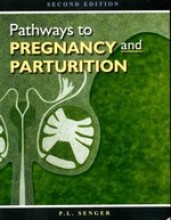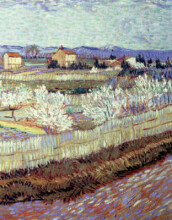Homeostasis and Behavior - Basic concepts in Homeostasis - Fluid Balance
6 important questions on Homeostasis and Behavior - Basic concepts in Homeostasis - Fluid Balance
What are the regulatory properties of homeostasis?
What is osmotic thirst?
Thirst induced by a higher concentration of sodium chloride in the interstitial fluid causing water to leave the cells.
How is fluid balance regulated?
The concentration of solutes in a solution is called osmolalitiy.
The control of this osmotic concentration is called osmoregulation.
- Higher grades + faster learning
- Never study anything twice
- 100% sure, 100% understanding
How do you induce hypovolemis thirst experimentally?
1. Inflicting controlled hemorrhage (only acute behavioural changes can be measured). 2. subcutaneous injection of polyethyleneglycol (PEG). PEG cannot cross the bloodbarrier, so removes both water and solutes from the bloodstream.
What is diabetes insipidus?
Diabetes where ADH is not produced, sufferers must drink lots of water because all of their extracellular fluid is lost each day by urination.
What is hypovolemic thirst?
Thirst because of lowering blood volume (because, for examle, a big hemorrhage or injecting PEG which draws water from the body)
The question on the page originate from the summary of the following study material:
- A unique study and practice tool
- Never study anything twice again
- Get the grades you hope for
- 100% sure, 100% understanding































